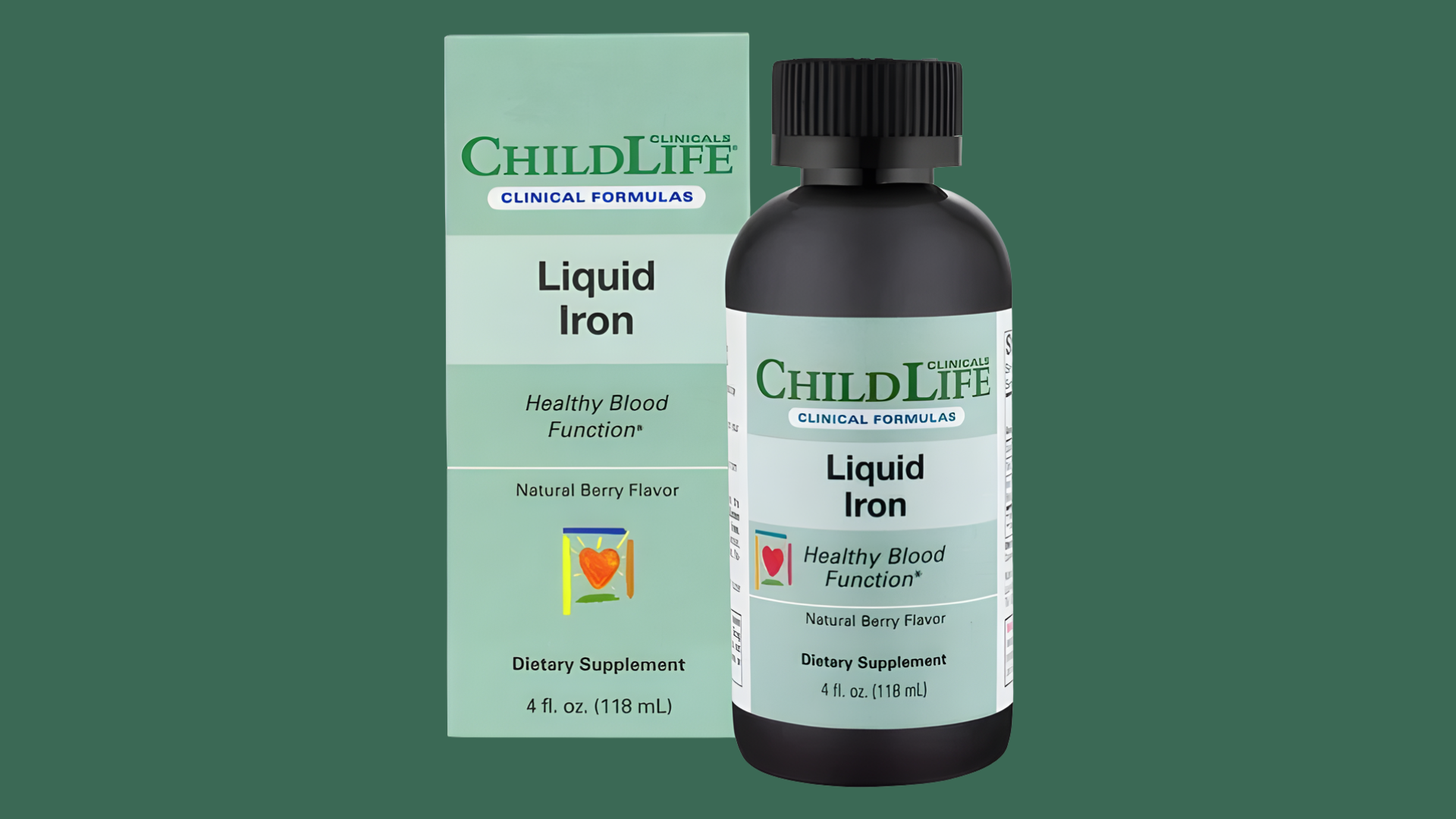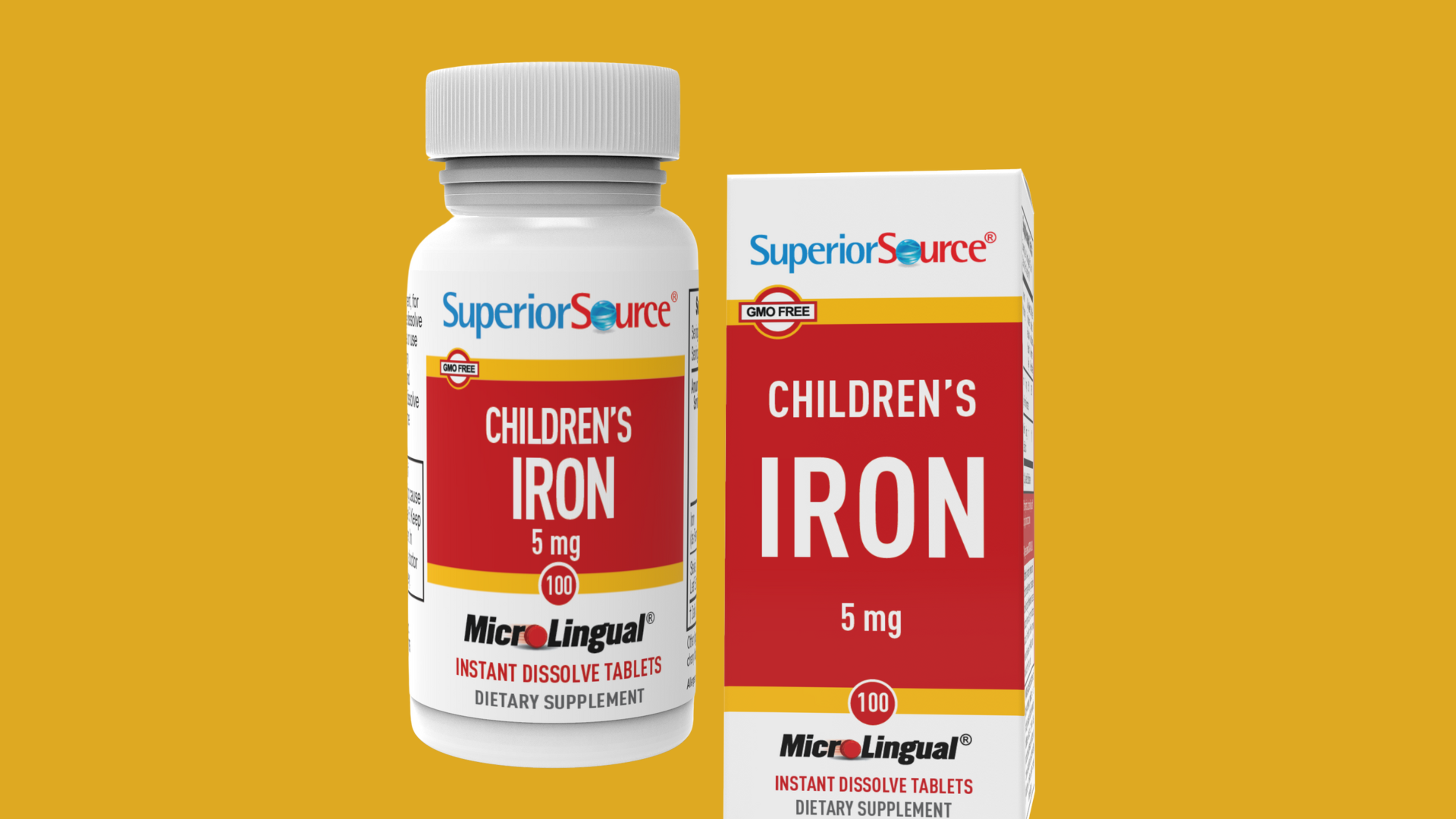Did you know iron is one of the most common nutrient deficiencies in children?
Low iron can affect energy, growth, and even how well a child learns at school. Parents often wonder which iron supplements are safe and effective, and how to pick the right one.
In this blog, I’ll break down why kids may need iron, what signs to watch for, and how doctors test for it. I’ll also cover the main factors to consider before buying, and suggest iron-rich foods as natural alternatives.
By the end, you’ll have a clear guide to making the best choice for your child’s health.
Why Kids May Need Iron Supplements
Iron plays a big role in your child’s growth and development.
It helps carry oxygen in the blood and supports brain function. Kids who don’t get enough iron may struggle with energy and focus. Iron supports healthy red blood cells. These cells move oxygen to the body and brain.
Without enough, kids may feel tired and have trouble learning. Iron also plays a role in enhancing memory, attention, and overall growth.
Signs of Iron Deficiency
Parents often notice these signs when a child is low in iron:
- Fatigue or low energy
- Pale skin or lips
- Poor appetite
- Slow weight gain
- Irritability or mood changes
If these signs show up often, it’s worth checking with a doctor. Doctors typically begin with a physical exam and questions about diet. A blood test is the most common method for checking iron levels.
It indicates whether a child has iron deficiency anemia or is at risk of developing it. Based on results, the doctor may suggest diet changes or supplements.
Best Iron Supplement Brands for Kids
Several brands make safe, kid-friendly iron supplements. Each one has different forms, flavors, and features to fit your child’s needs.
1. NovaFerrum

NovaFerrum comes in both liquid and chewable forms, giving flexibility for different ages. The formula is sugar-free, free of artificial colors, and gentle on the stomach.
Many parents prefer it for infants and toddlers because it’s easier to give and is well-tolerated. The brand also offers flavored options, which can help with picky eaters.
- Pros: Multiple forms, gentle formula, sugar-free
- Cons: Slightly higher cost than some generic brands
2. Renzo’s Iron Strong

Renzo’s is well known for its dissolvable “melty tabs.” These tablets melt on the tongue, which makes them perfect for kids who refuse liquids or can’t swallow pills.
They’re vegan, sugar-free, and flavored with orange, making them a hit with picky eaters.
- Pros: Kid-friendly taste, vegan, dissolvable
- Cons: Best suited for older toddlers and school-age kids, not infants
3. Hiya Daily Iron+

Hiya uses carbonyl iron, which is considered gentler on digestion than other forms. The formula also contains Vitamin C, which improves absorption.
Parents like it because it avoids artificial ingredients and unnecessary fillers. Hiya is subscription-based, making it easy to get fresh vitamins delivered each month.
- Pros: Gentle on the stomach, includes Vitamin C, clean formula
- Cons: Subscription model may not work for all families
4. GreenPeach

GreenPeach offers a liquid iron supplement made with natural ingredients. It’s designed to support healthy iron levels without added sugar, alcohol, or artificial flavors.
Many parents like it as a natural alternative, especially for toddlers who prefer liquid supplements.
- Pros: Natural formula, no artificial flavors, easy-to-take liquid
- Cons: Limited product range compared to bigger brands
5. MaryRuth’s Vegan Liquid Iron

MaryRuth’s toddler drops are organic and designed specifically for babies and younger children. The liquid formula is gentle, organic-certified, and comes in grape flavor, which makes it more appealing.
It’s often recommended for infants and toddlers who need supplementation early in life.
- Pros: Organic, baby- and toddler-friendly, flavored for taste
- Cons: Smaller bottle sizes may run out quickly
6. ChildLife Liquid Iron

ChildLife Liquid Iron is a gentle liquid iron supplement formulated with ferrous bisglycinate chelate, which is often better tolerated than other iron forms.
The dosing dropper makes it easy to measure precisely for infants and toddlers, helping parents avoid over- or under-dosing.
- Pros: Gentle on the stomach, easy to dose, suitable for infants/toddlers
- Cons: May stain teeth or clothes if not given carefully
7. Superior Source Children’s Iron

Superior Source offers an instant-dissolve tablet with 5 mg ferrous fumarate, designed to dissolve in the mouth without water.
The fast-dissolving format supports better absorption and is gentle on the stomach compared to traditional pills.
- Pros: Easy to take (no water needed), Gentle dose suitable for sensitive tummies, Good for toddlers and younger kids
- Cons: Only 5 mg, may not meet higher needs for older children
Comparison Table
| Brand | Form Available | Best For | Price Range (Yearly Estimate) | Special Features |
|---|---|---|---|---|
| NovaFerrum | Liquid, Chewable | Infants, toddlers, kids | $18–$35 | Sugar-free, allergen-free, good taste |
| Renzo’s | Dissolvable Melty Tabs | Older kids, picky eaters | $20–$26 | Vegan, no sugar, easy to take |
| Hiya Daily Iron+ | Dissolvable, Chewable | School-age kids | $25–$35/month (≈ $300–$420/year) | Carbonyl iron + Vitamin C, gentle formula |
| GreenPeach | Liquid | Toddlers, kids | $16–$25 | Natural ingredients, no artificial flavors |
| MaryRuth’s | Organic Liquid Drops | Babies, toddlers | $18–$25 | Organic, toddler-friendly formula |
Factors to Consider When Choosing an Iron Supplement
Not every iron supplement is right for every child. These key points can help you choose safely.
- Age and Dosage Needs: Infants need smaller amounts of iron, while older kids may require more. Always follow dosage instructions and confirm the right amount with your pediatrician.
- Form of Supplement: Liquid drops are best for infants and toddlers. Chewables or dissolvable tablets suit older kids. Syrups and gummies are easier to take but may contain sugar. Pick the form your child will take regularly.
- Ingredient Safety: Choose supplements that are sugar-free, allergen-free, non-GMO, and free of artificial colors. Clean formulas reduce the risk of stomach upset and allergic reactions.
- Absorption Boosters and Blockers: Vitamin C helps the body absorb iron. Calcium and dairy can block it if taken at the same time. Pair iron with Vitamin C–rich foods like orange juice or strawberries for better results.
Keeping these factors in mind makes it easier to select an iron supplement that’s safe, effective, and right for your child.
How to Safely Give Iron Supplements to Kids
Iron plays a key role in your child’s growth, development, and energy levels. Since needs change with age, it’s important to know how much is required and how to give supplements safely.
Supplements should only fill small nutritional gaps – not replace iron-rich foods such as meat, lentils, and leafy greens.
| Age Group | Daily Iron Requirement |
|---|---|
| 7–12 months | 11 mg |
| 1–3 years | 7 mg |
| 4–8 years | 10 mg |
| 9–13 years | 8 mg |
Vitamin C improves iron absorption, making supplements more effective. Offer them with foods like orange juice, berries, or tomatoes. Avoid giving iron with milk or calcium-rich foods, since these can block absorption.
Always store iron supplements in a secure place where children cannot reach them. Even small amounts beyond the recommended dose can be harmful.
Signs of too much iron may include stomach pain, nausea, vomiting, constipation, or dark stools. If these symptoms occur, contact your doctor immediately.
Alternatives to Supplements: Iron-Rich Foods for Babies
Supplements aren’t always the first step. Many kids can meet their iron needs through everyday foods if meals are planned carefully. Adding a mix of these foods can help boost your child’s iron intake:
- Baby cereals fortified with iron for infants
- Beans and lentils as plant-based sources
- Leafy greens like spinach and kale
- Lean meats such as chicken, beef, or turkey
- Fortified snacks like certain breads and cereals
Pairing with Vitamin C: Vitamin C helps the body use iron better. Pair iron-rich foods with fruits like oranges, strawberries, or tomatoes. For example, serve beans with salsa or spinach with a squeeze of lemon.
Meal Planning Tips
Planning meals with a little extra care can help kids get the iron they need without relying only on supplements.
- Offer at least one iron-rich food with every meal.
- Rotate between plant-based options (beans, spinach) and meat sources (chicken, beef).
- Add iron to meals kids already enjoy, like spinach in pasta.
- Serve fortified cereals with fresh berries for extra iron and Vitamin C.
These simple steps make mealtimes healthier and ensure your child gets steady iron support every day.
Conclusion
Iron is a key part of your child’s growth, energy, and learning. In this blog, we examined why children may need iron, how to identify low levels, and the factors to consider when selecting a supplement.
I also compared trusted brands, shared safe dosage tips, and highlighted everyday foods that can boost iron naturally.
The next step is simple – talk with your pediatrician, choose the form that works best for your child, and make small meal changes that support healthy iron levels.
If you found this blog helpful, share it with other parents who may be facing the same questions.










